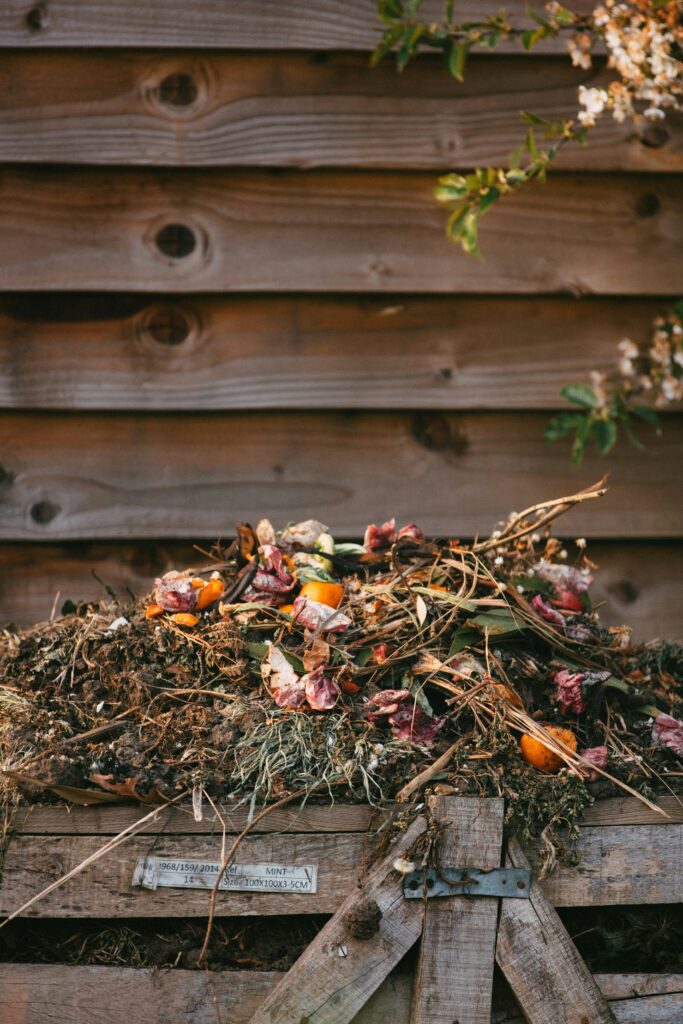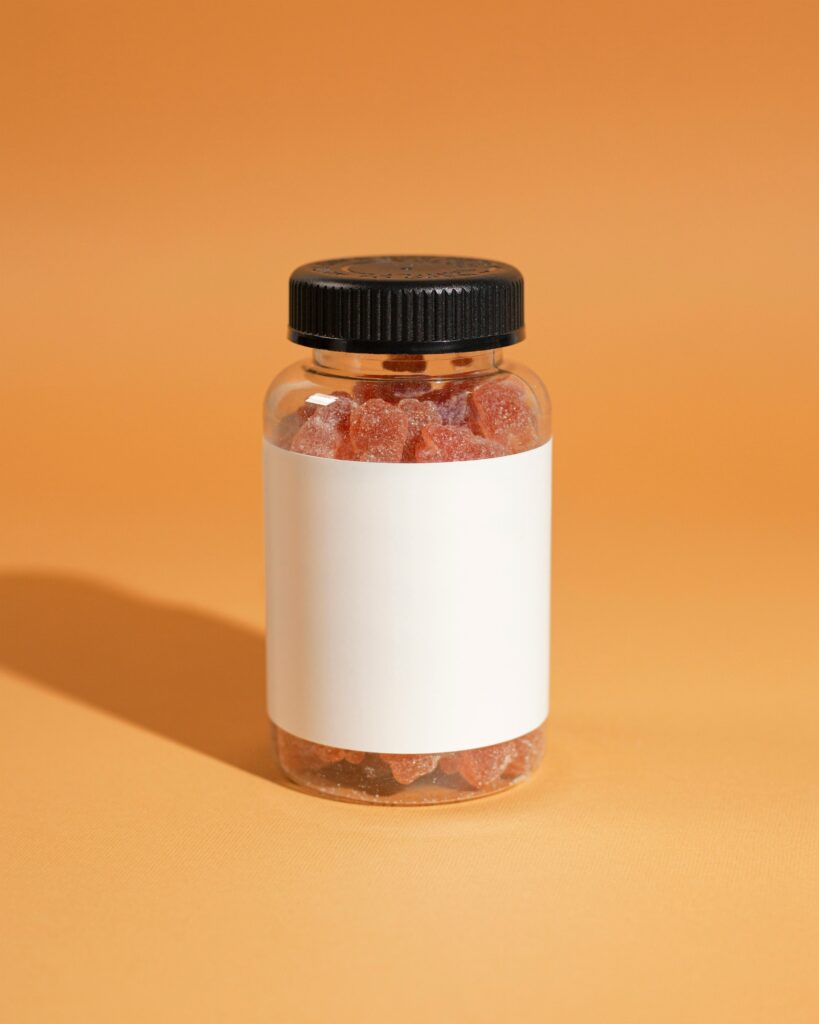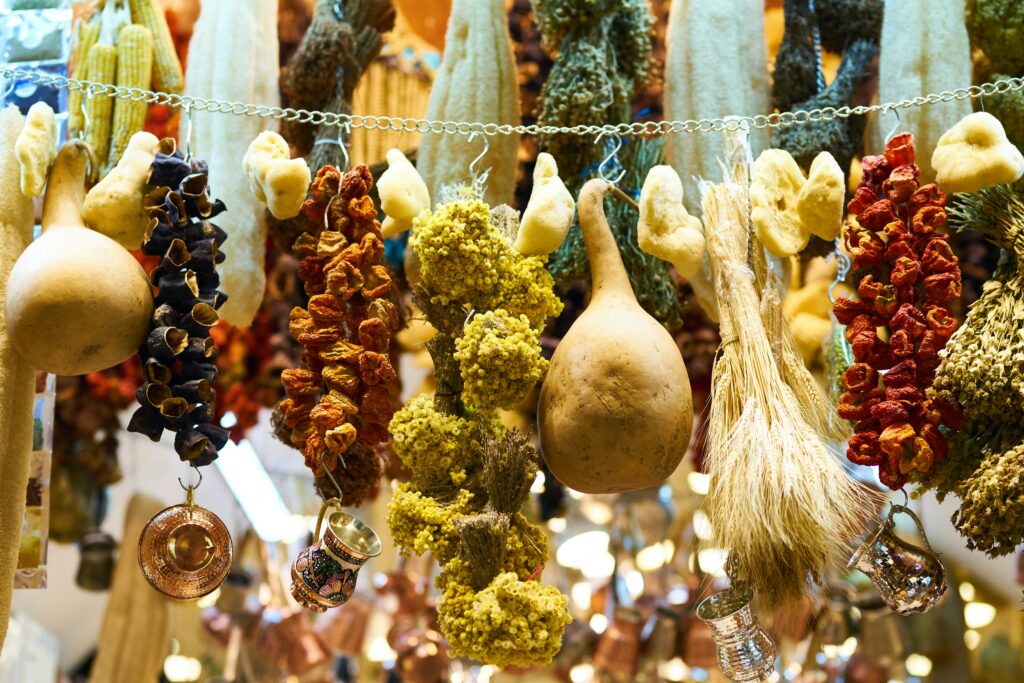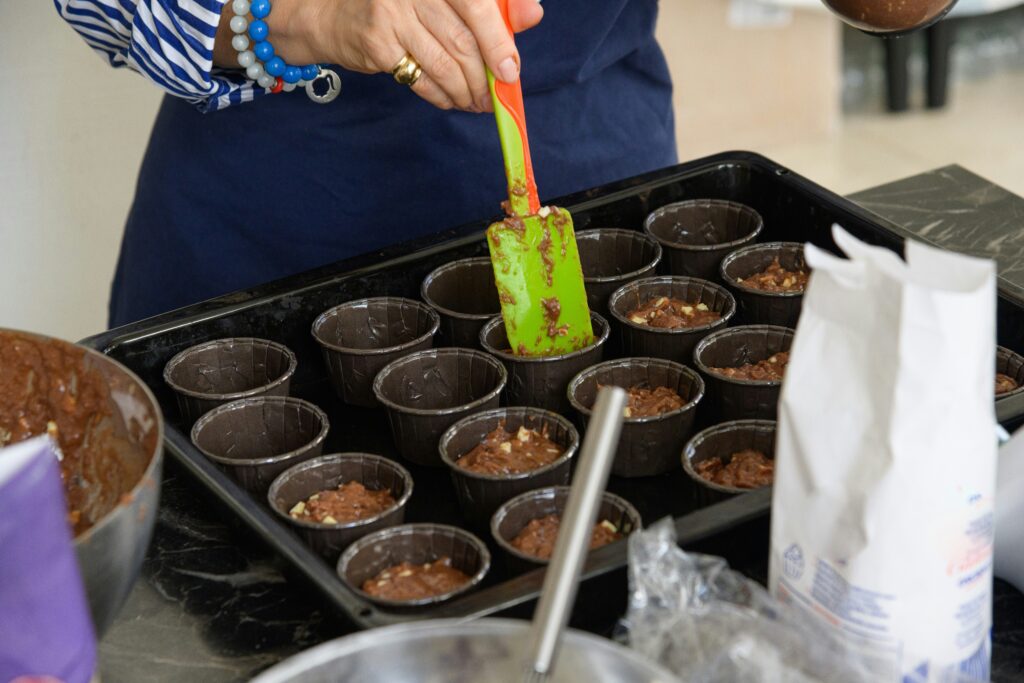
Soil maintenance is a crucial step to raising a healthy kitchen garden. Regulate the nutrient level of your soil for better growth of vegetables and herbs. How to know the nutrient level of the soil is an important matter to be discussed.
Lets discuss methods for determining the nutritional level of soil in this article. Along with this,lets explore the techniques of organic fertilization and composting in the soil to enrich the garden soil naturally. These strategies promote soil sustainability.
In addition, for Organic Fertilizers & Compost can significantly improve the quality of your kitchen garden soil. For better production of fruits and vegetables, Principles of Kitchen Garden must be followed
Assessment of soil nutrient level
Understanding the principles of Organic Fertilizers & Compost will help you create a sustainable kitchen garden.
Before making Organic Fertilizers & Compost for the kitchen garden, it’s very important to know the level of nutrients in the soil. Follow these steps to determine the nutrient level of the soi
- Take some samples of your soil and visit the nearby laboratory for complete analysis and testing..
- If you can’t reach the laboratory, use DIY kits to assess the nutrient level at home.
- Observe the color of your soil. The dark brown color of the soil indicates a higher amount of organic matter, and vice versa.
- Observe the growth of the plant, because they show different symptoms if facing a deficiency of any nutrient.
Nutrients with their deficiency symptoms

Here is a brief description of the deficiencies of all primary, secondary, and micronutrients in the plants.
1. Primary nutrients
Nutrient | Symbol | Deficiency Symptom |
Nitrogen | N | Yellowing of older leaves, undersized plants results in poor tillering. |
Phosphorus | P | Appearance of purple color on the margin of the leaves, stunted root growth |
potassium | K | Scorching and curling of leaf edges, quality of fruit. |
2. Secondary nutrients
Nutrient | Symbol | Deficiency Symptom |
Calcium | Ca | Deformation of young leaves, extreme deficiency causes necrosis in plants. |
Magnesium | Mg | Curling of leaves, spaces between veins become yellowish |
Sulfur | S | Weak growth of plant stem, yellowing of top surface of leaves |
3. Micronutrients
Nutrient | Symbol | Deficiency Symptom |
Iron | Fe | Interveinal chlorosis, slowdown in photosynthesis process |
Zinc | Zn | Patches appearance on leaves, leaf deformation and redness on veins |
Copper | Cu | Resetting, distortion and chlorosis occurs in leaves, cause delay in flowering |
Boron | B | Apical necrosis, over thickness of leaves and poor seed development |
Molybdenum | Mo | Its deficiency seriously effect carbon fixation in leguminous crop |
Chlorine | Cl | Shortened roots, wilting and bronzing of leaves |
Nickle | Ni | Increase in germination time of seeds, necrosis in leaves tips |
Cobalt | Co | Yellowish of leaves, effect the nodulation in leguminous crop |
Manganese | Mn | Effect the photosynthesis process of plant, cause various diseases in plants |
Plant nutrients and their organic sources

For an efficient composting process, it’s helpful to follow a proper Kitchen Garden Layout for better space management.
To make compost at home, it’s very important to know all organic sources of primary, secondary, and micronutrients for the plants. Let’s have a brief overview of the natural sources of nutrients. The collective effects of Organic Fertilizers & Compost can lead to better crop yields
- Green and non-seedy leaves
- Used tea leaves
- Vegetables and fruit peels
- Coffee grounds
Using organic fertilization and composting improves nutrient levels.
2. Phosphorus
- Cow dung
- Bone meals
- Banana peel
- Eggshells
- Crop residues
Incorporating organic fertilization and composting practices helps promote a healthier ecosystem in your garden.
3. Potassium
- Potato peels
- Animal urine
- Crop residues
- Wood ash
4. Calcium
- Used tea leaves
- Milk residues
- Crushed limestone
- Cow dung & Eggshells
5. Magnesium
- Banana peels
- Animal urine
- Clover
- Cow dung
6. Sulfur
- Onion, garlic peels
- Cabbage leaves
- Animal hairs and feathers
- Berseem and mung residues
7. Iron
- Spinach leaves
- Beetroot skin
- Blood meal
- Rock dust
8. Zinc
- Citrus fruit peels
- Old nails
- Animal bones
- Green manure
9. Copper
- Used tea leaves
- Leaf green vegetable peels
- Animal blood and urine
- Cow dung
10. Boron
- Cauliflower scraps
- Apple residues
- Boron water
- Legumes (mung, mash) residues
11. Molybdenum
Implementing organic fertilization and composting methods is essential for sustainable agriculture.
- Spinach and cabbage leaves
- Tap water
- Legume-fed animals’ manure
- Animal’s urine
12. Chlorine
- Tap water
- Diluted salt water
- Rain water
- Animal wastes
13. Nickel
- Tap water
- Vegetable scraps
- Legumes residues
- Cow dung
14. Cobalt
- Beans, beetroot, and spinach residues
- Tap water
- Used tea leaves
- Legume-fed animal manure
15. Manganese
- Banana peels
- Used tea leaves
- Cow dung
- Animal urine
DIY method of compost formation at home

Before starting composting, plan your garden space wisely. Check our Kitchen Garden Layout Ideas to organize your plants perfectly.
After knowing all the essential nutrients of plants and their natural sources, you can easily make Organic Fertilizers & Compost at home for a kitchen garden
Step 1. Use a container with specific space, according to the amount of compost. You can also dig a pit of some depth in your field for making Organic Fertilizers & Compost.
Step 2. Collect all the above-mentioned and available material from your home, cattle farm, and field. Make two separate sections of brown and green material for proper layering in your Organic Fertilizers & Compost
Step 3. Start layering material in the container or pit, make a thin layer of brown material, cover the brown layer with a green one, then add nutrient scrap.
Step 4. Sprinkle some water on the layer to balance the level of moisture in the material. Avoid overuse of water; it should be like a squeezed sponge.
Step 5. Add some amount of old compost as a starter dose. Repeat the process of layering. Avoid using large chunks of fruit, vegetables, and other residues.
Step 6. Keep the container in a dry and fresh area, pulverize the layer of your compost after the interval of three to four days for proper aeration.
Step 7. The compost will be ready after seven to eight weeks. Save the compost in a bag for later use.
Signs that compost is ready
After 7–8 weeks, observe your Organic Fertilizers & Compost. The following signs show that the compost is ready to use:
- Dark brown and black in color
- It looks like moistened soil
- Large food chunks are invisible
- Smell should be earthy not like rotten peels
How to use compost in the kitchen garden?

Let’s discuss the usage of compost on different stages of planting in the kitchen garden
1. Application before sowing
Must apply the compost before sowing vegetables and herbs in your kitchen garden as the basal dose. Mix the top six inches of your soil with 2 inches of compost and pulverize it well. It will improve the nutrient level of the soil. Let the compost absorb into the soil for 5 to 6 days and then sow the herbs and vegetables and herbs.
2. Application during the growth of the plant
Observe your plants daily; if you notice any deficiency symptoms, then you have to apply compost to the soil. Mix the top layer of soil with one or one-half-inch layer of compost. Apply the compost near the root zone of your plants and till the soil well. This application will refresh the plants, leading to healthy growth.
Benefits of homemade compost
Here are some benefits of making compost by DIY methods at home
- The best way to use landfill waste
- Improve the nutrient level and texture of the soil
- Reduces the consumption of expensive and toxic fertilizers
- Enhance the water retaining capacity of soil
Conclusion
Health of soil plays an important role in the growth and development of herbs and vegetables. Instead of Putting toxic fertilizers, maintain the nutrient level of soil with nutrient-rich homemade compost. It’s a slow but cost-effective method to enhance the soil health in the kitchen gard.Various organic fertilization and composting techniques exist that can be tailored to your specific gardening needs.
Before diving into this article click the linkBlog to explore our previous article on this topic

Leave a Reply